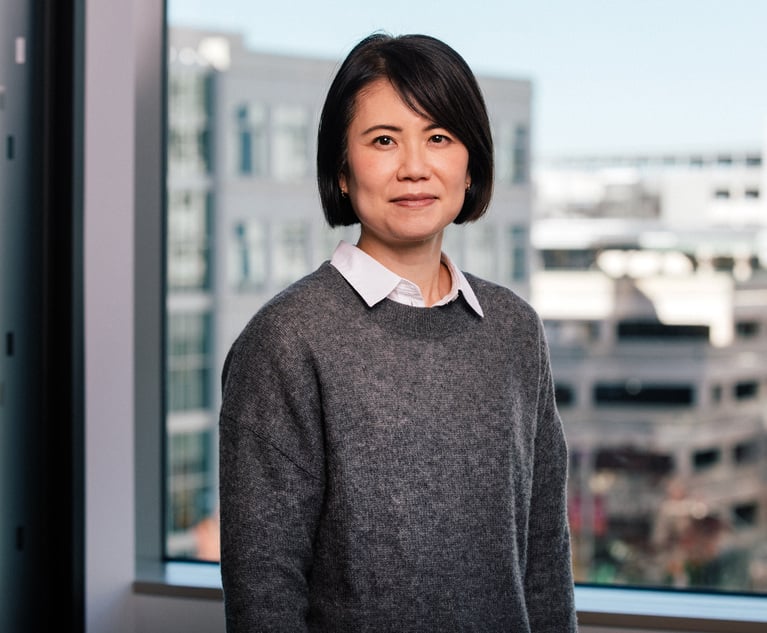Magic Touch
Convert to Touch Duo is an affordable stand-in for a tablet PC--but won't replace the real thing.
October 31, 2009 at 08:00 PM
3 minute read
If 2009 was the year of the netbook, the tablet PC should rise in 2010. Where netbooks offered super-portable, affordable connectivity, tablet PCs promise to let us interact with our computers in new ways. The classic tablet resembles a laptop that swivels so that the keyboard is hidden under the screen. The touch screen interface allows for jotting notes, editing text and generally eschewing the mouse. Among techies, rumors have run rampant about a forthcoming Mac tablet (latest rumored release date is January 2010), with Steve Jobs' disciples salivating at the thought of something like a laptop-sized iPhone. And in September photos leaked of a sleek folding Microsoft tablet. The “Courier” looks like a touch screen laptop with a second screen where the keyboard would be–a leather portfolio, stuffed to the gills, for the 21st century.
With that in mind, I was excited when I heard about the Convert to Touch Duo, which promises to transform any computer into a tablet for $120. After a standard CD-ROM software installation, hardware installation was a cinch–you stick a magnetic “reader” on the top of your screen, which senses the location of the pen. After a five-second calibration, the Duo was good to go. I was pleasantly surprised at its accuracy in reading the pen's position. Used with Windows Vista's included tablet software, it does an impressive job at handwriting recognition, even with careless scrawls.
Since it's not a true touch screen, the Duo experience wasn't perfect. It doesn't always pick up pen strokes, particularly in the corners and far sides of the screen, and I had to stop to recalibrate after about an hour of use–I must have gradually knocked the reader out of place.
The other drawback is simple–tablet PCs are tablet PCs. A laptop is a laptop. Putting a touch screen on a laptop does not a tablet PC make. It was a neat experience to navigate my computer by flicking the screen with the pen, but in the end I was still awkwardly reaching over my keyboard–and trying to get over my aversion to actually pressing down on my LCD screen with the pen tip. I liked being able to highlight and scribble notes all over PDFs, but I could only save them as screenshots. I found the Duo best for short tasks like signing a contract rather than annotating a hundred-page document.
When I'm ready to take the step, I'll seek a tablet PC that comprehensively integrates touch screen functionality with its operating system and user interface. Until then, at $120 the Duo is still dirt cheap relative to buying a brand new tablet PC and it's an easy way to try out the technology.
This content has been archived. It is available through our partners, LexisNexis® and Bloomberg Law.
To view this content, please continue to their sites.
Not a Lexis Subscriber?
Subscribe Now
Not a Bloomberg Law Subscriber?
Subscribe Now
NOT FOR REPRINT
© 2025 ALM Global, LLC, All Rights Reserved. Request academic re-use from www.copyright.com. All other uses, submit a request to [email protected]. For more information visit Asset & Logo Licensing.
You Might Like
View All
Former Capital One Deputy GC Takes Legal Reins of AIG Spinoff

Khan Defends FTC Tenure, Does Not Address Post-Inauguration Plans

Apple Disputes 'Efforts to Manufacture' Imaging Sensor Claims Against iPhone 15 Technology
Trending Stories
Who Got The Work
Michael G. Bongiorno, Andrew Scott Dulberg and Elizabeth E. Driscoll from Wilmer Cutler Pickering Hale and Dorr have stepped in to represent Symbotic Inc., an A.I.-enabled technology platform that focuses on increasing supply chain efficiency, and other defendants in a pending shareholder derivative lawsuit. The case, filed Oct. 2 in Massachusetts District Court by the Brown Law Firm on behalf of Stephen Austen, accuses certain officers and directors of misleading investors in regard to Symbotic's potential for margin growth by failing to disclose that the company was not equipped to timely deploy its systems or manage expenses through project delays. The case, assigned to U.S. District Judge Nathaniel M. Gorton, is 1:24-cv-12522, Austen v. Cohen et al.
Who Got The Work
Edmund Polubinski and Marie Killmond of Davis Polk & Wardwell have entered appearances for data platform software development company MongoDB and other defendants in a pending shareholder derivative lawsuit. The action, filed Oct. 7 in New York Southern District Court by the Brown Law Firm, accuses the company's directors and/or officers of falsely expressing confidence in the company’s restructuring of its sales incentive plan and downplaying the severity of decreases in its upfront commitments. The case is 1:24-cv-07594, Roy v. Ittycheria et al.
Who Got The Work
Amy O. Bruchs and Kurt F. Ellison of Michael Best & Friedrich have entered appearances for Epic Systems Corp. in a pending employment discrimination lawsuit. The suit was filed Sept. 7 in Wisconsin Western District Court by Levine Eisberner LLC and Siri & Glimstad on behalf of a project manager who claims that he was wrongfully terminated after applying for a religious exemption to the defendant's COVID-19 vaccine mandate. The case, assigned to U.S. Magistrate Judge Anita Marie Boor, is 3:24-cv-00630, Secker, Nathan v. Epic Systems Corporation.
Who Got The Work
David X. Sullivan, Thomas J. Finn and Gregory A. Hall from McCarter & English have entered appearances for Sunrun Installation Services in a pending civil rights lawsuit. The complaint was filed Sept. 4 in Connecticut District Court by attorney Robert M. Berke on behalf of former employee George Edward Steins, who was arrested and charged with employing an unregistered home improvement salesperson. The complaint alleges that had Sunrun informed the Connecticut Department of Consumer Protection that the plaintiff's employment had ended in 2017 and that he no longer held Sunrun's home improvement contractor license, he would not have been hit with charges, which were dismissed in May 2024. The case, assigned to U.S. District Judge Jeffrey A. Meyer, is 3:24-cv-01423, Steins v. Sunrun, Inc. et al.
Who Got The Work
Greenberg Traurig shareholder Joshua L. Raskin has entered an appearance for boohoo.com UK Ltd. in a pending patent infringement lawsuit. The suit, filed Sept. 3 in Texas Eastern District Court by Rozier Hardt McDonough on behalf of Alto Dynamics, asserts five patents related to an online shopping platform. The case, assigned to U.S. District Judge Rodney Gilstrap, is 2:24-cv-00719, Alto Dynamics, LLC v. boohoo.com UK Limited.
Featured Firms
Law Offices of Gary Martin Hays & Associates, P.C.
(470) 294-1674
Law Offices of Mark E. Salomone
(857) 444-6468
Smith & Hassler
(713) 739-1250







